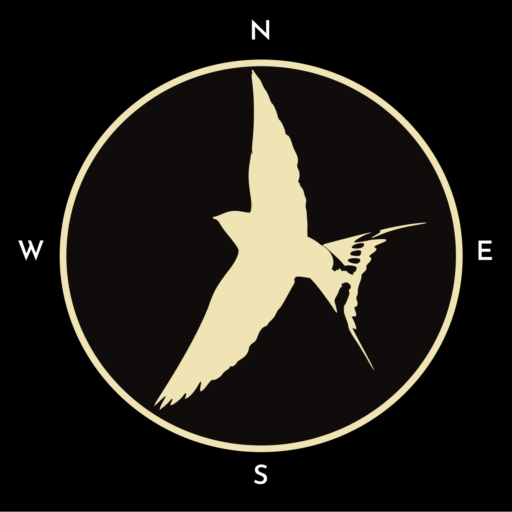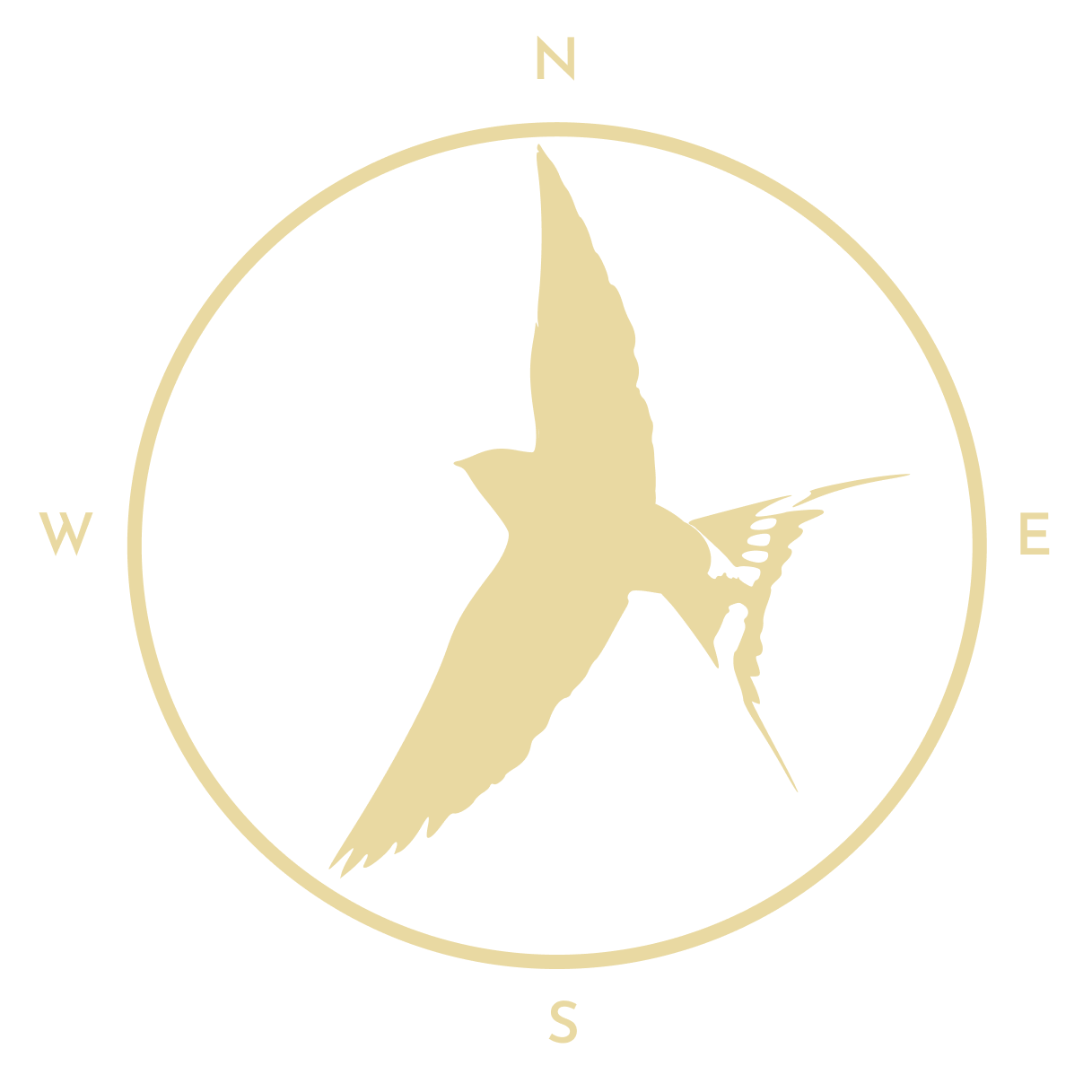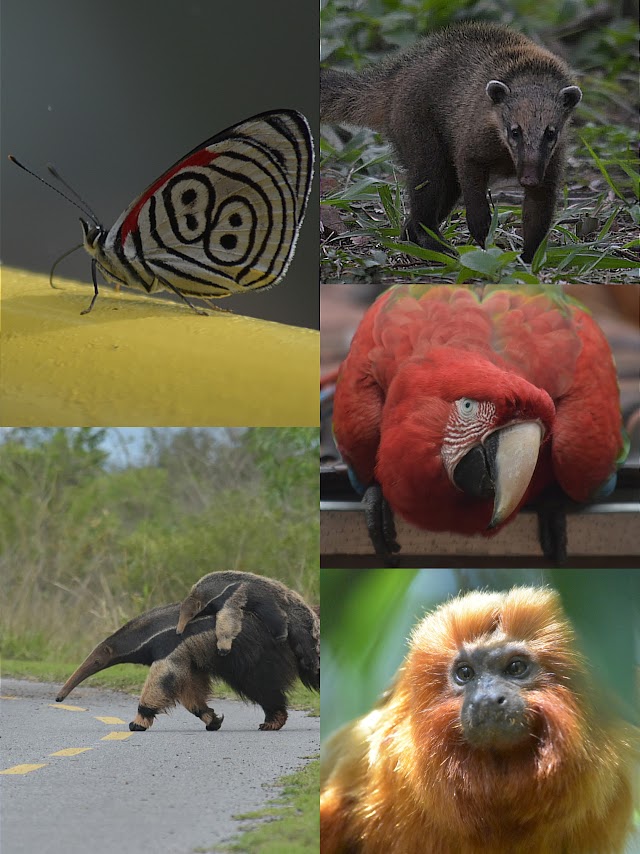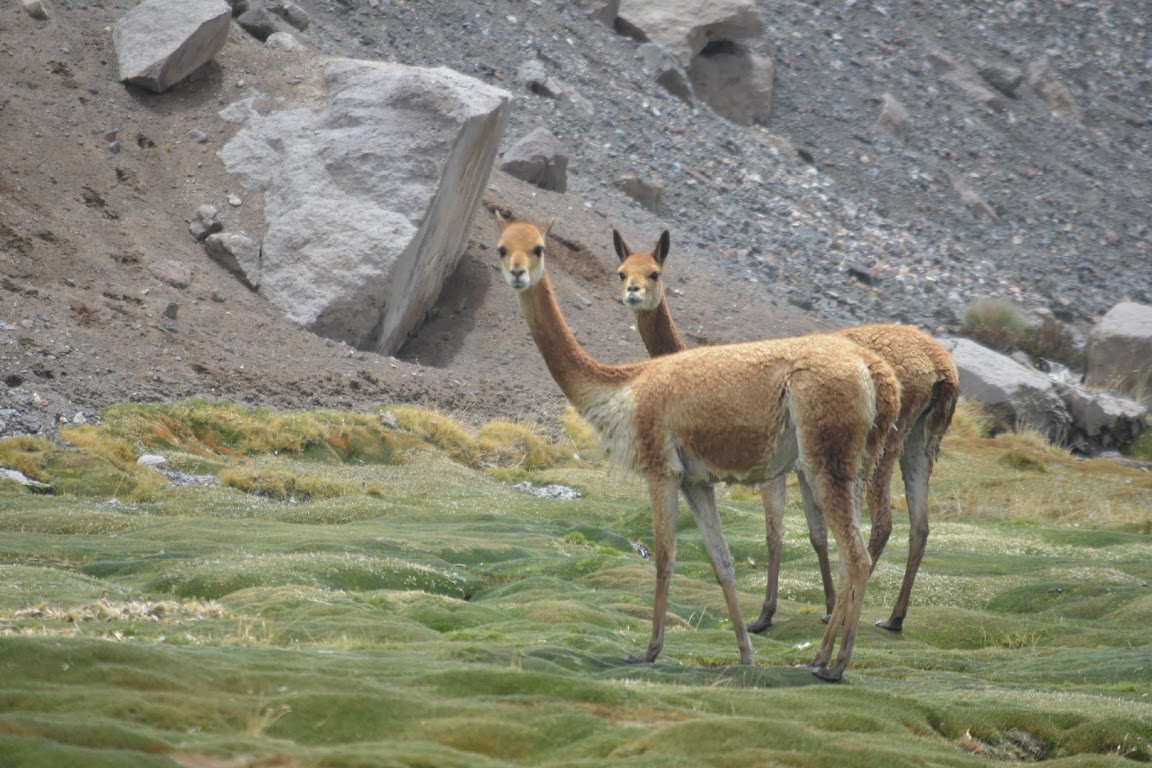4 Patagonia itineraries for wildlife lovers
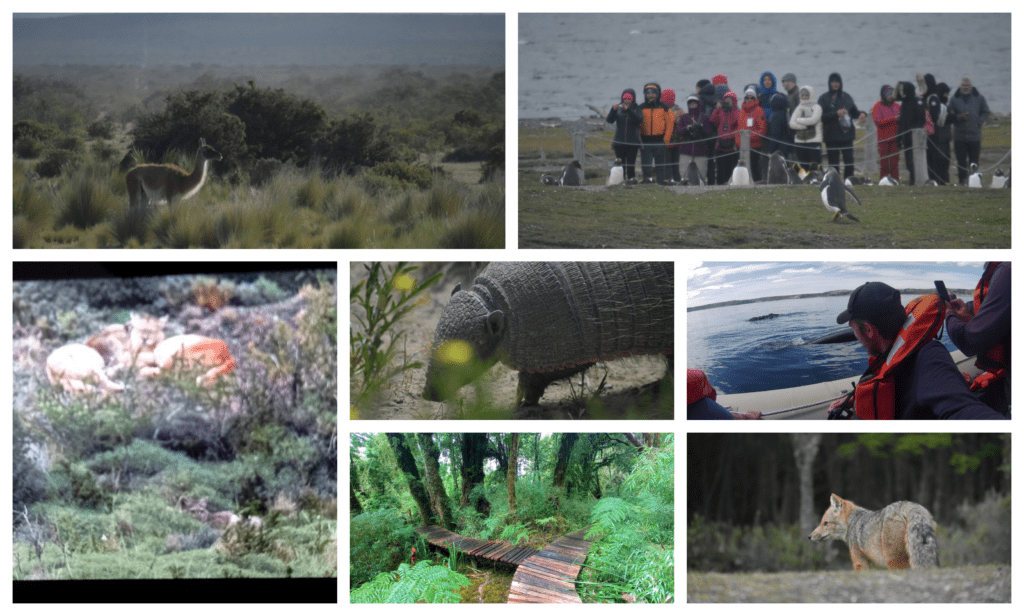

Contents
- An introduction to Patagonia and its wildlife
- 3 days in Peninsula Valdes: whales, orcas and more
- 4 days in Torres del Paine: pumas and huemuls
- Day one: Drive to Torres del Paine + first evening of puma hunting
- Day two: Puma hunting in the morning and evening, afternoon in Torres del Paine
- Day three: Early morning puma hunt + travel to Refugio Grey
- Day four: Looking for huemul and woodpeckers near Refugio Grey
- Bonus: side trip to Punta Arenas for penguins
- Getting to and from Torres del Paine
- 2 days in Ushuaia: penguins and the Land of Fire
- 3 days in Chiloe: tiny deer and penguins
- Enjoyed this post? Nice one! (+ How to thank me)
You might also like:
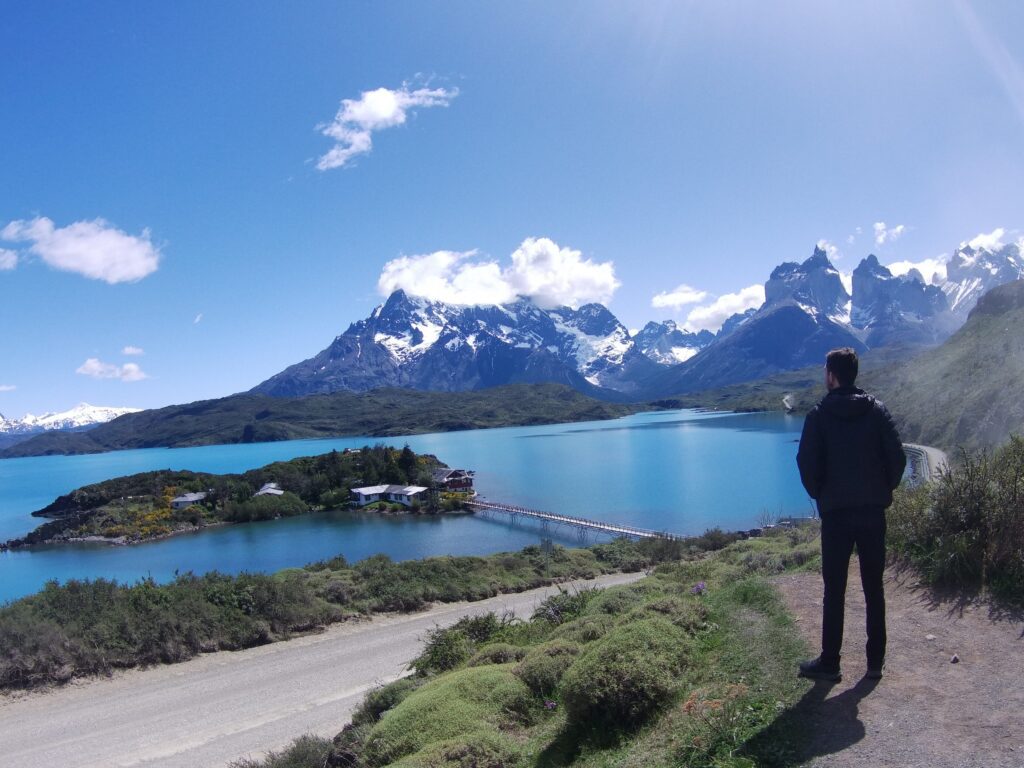

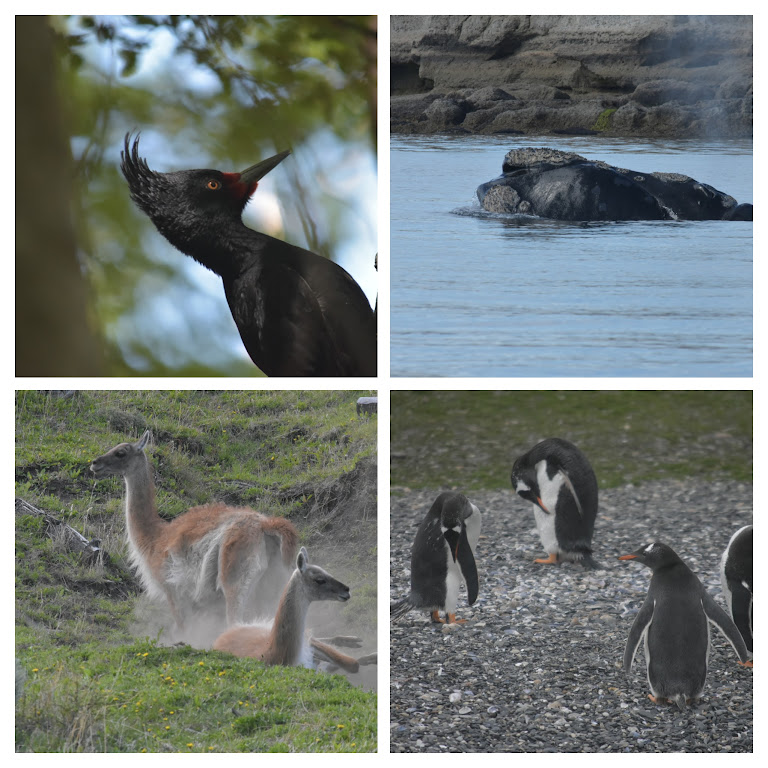

An introduction to Patagonia and its wildlife
Covering South America’s southern quarter, Patagonia is known for being rugged, scenic and the land of milk and honey for hikers. Given that Patagonia sits on the world’s most biodiverse continent, there’s plenty to keep wildlife photographers and watchers entertained here too.
Distributed across Patagonia are four main hotspots you’ll want to pay a visit to in order to get all of the area’s natural highlights.
This set of itineraries will tell you how long you should spend in each and what you can expect to see on each day. For all of them, except Torres del Paine, the days can be done in any order you’d like and you can add extra days to give yourself extra time to enjoy the places/ some margin for things going wrong.
Due to the distances involved, it’s best to fly between each, except for Ushuaia and Torres del Paine, since flying between Chile and Argentina is painfully expensive. Buses between Ushuaia and Punta Arenas take around 12 hours, and then it’s another three to Puerto Natales.
3 days in Peninsula Valdes: whales, orcas and more
Day one: Head to Puerto Piramides and go whale watching (June – December)
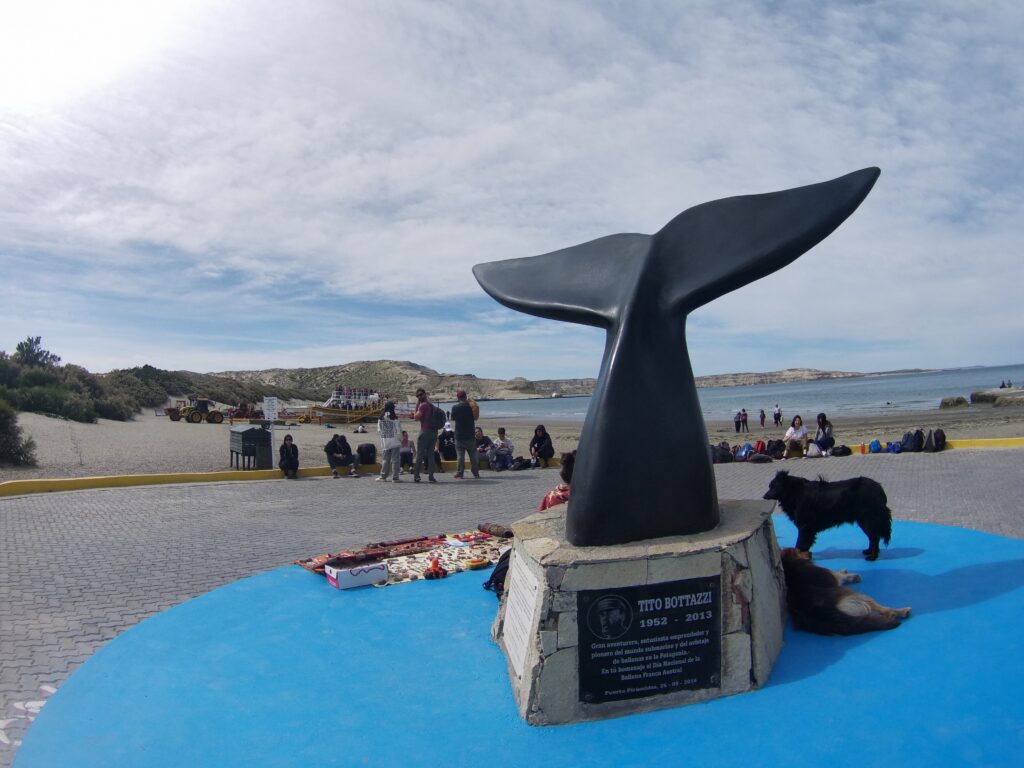

Puerto Piramides, Peninsula Valdes’ only town, is the launchpad for whale-watching trips into the bay. Whale watching is big business here, with roughly a third of the world’s southern right whale population visiting the bay to calve, and five different agencies in town who each do roughly four sailings per day. The last trip departs at 5PM, so you should be able to do a trip on your first day even if you arrive in the afternoon.
While these trips are expensive, they’re worth every penny: in the breeding season, whale sightings are practically guaranteed, and their curious nature means they often surface within a few metres of the boat. Tour operators take ethics seriously too: one way they ensure the whales’ welfare is boats get to within a hundred metres then cut their engines so as not to disturb them. Generally, you spend about an hour in the bay, letting any whales that surface come to you, then paying a quick visit to a sea lion colony on the way back.
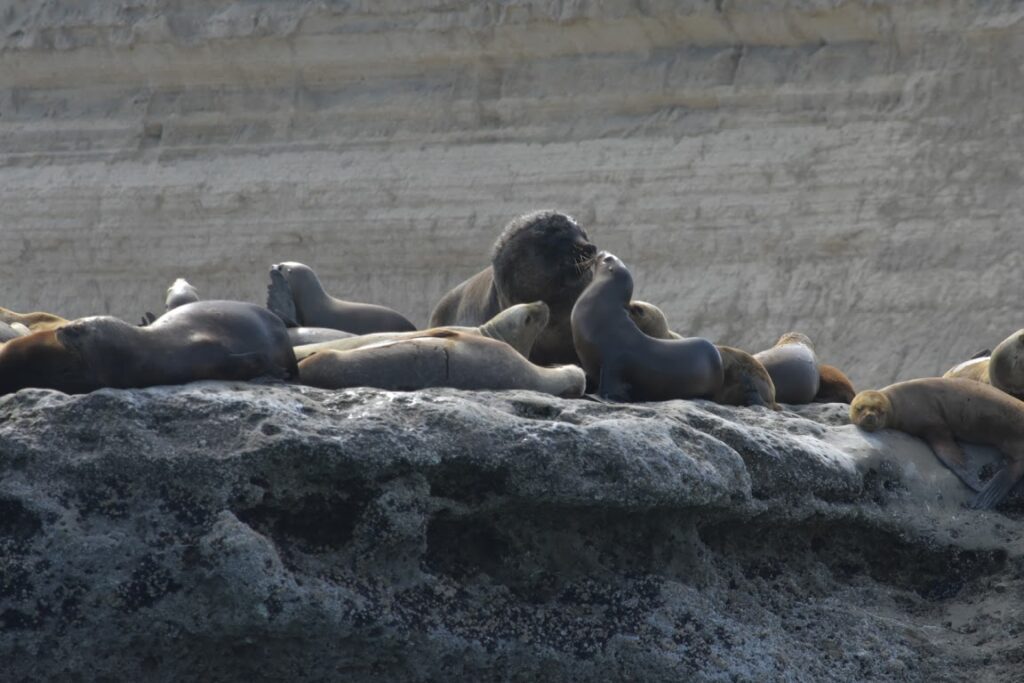

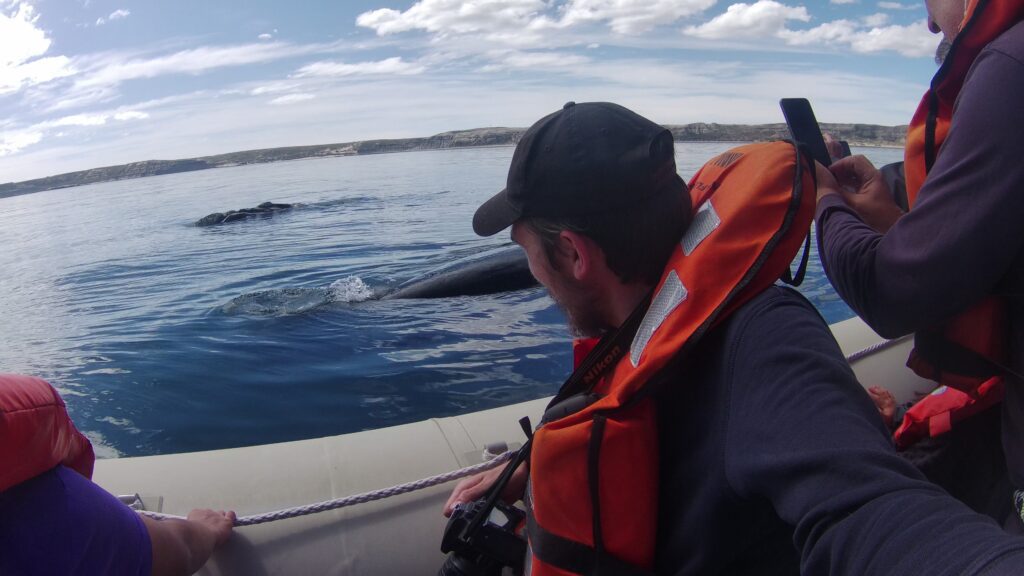

The whales are only here from June to December – taking the boat trip outside this time is a wasted expense unless you really want to see the sea lion colony from the water.
Day two: orcas and penguins on Peninsula Valdes’ east coast
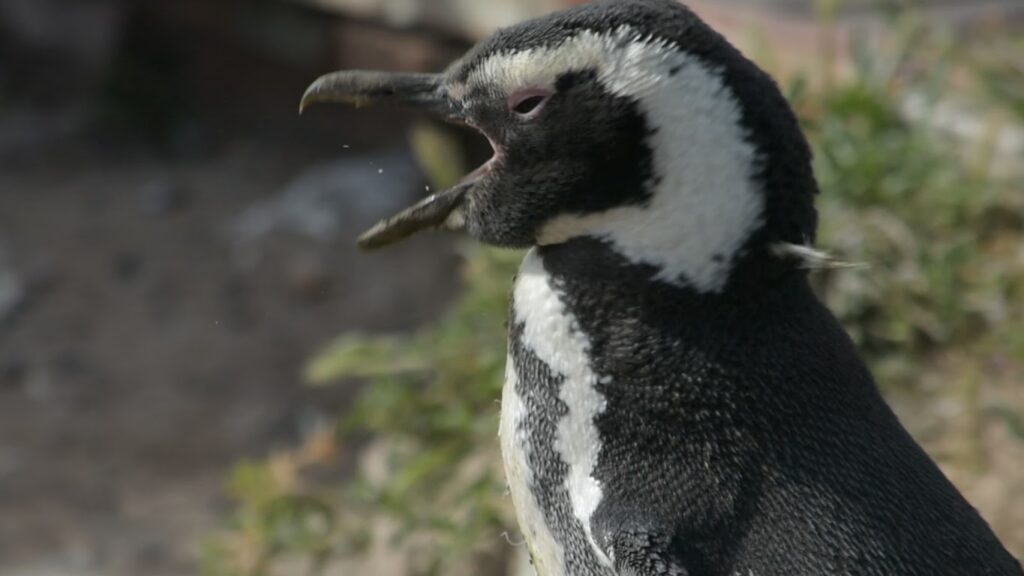

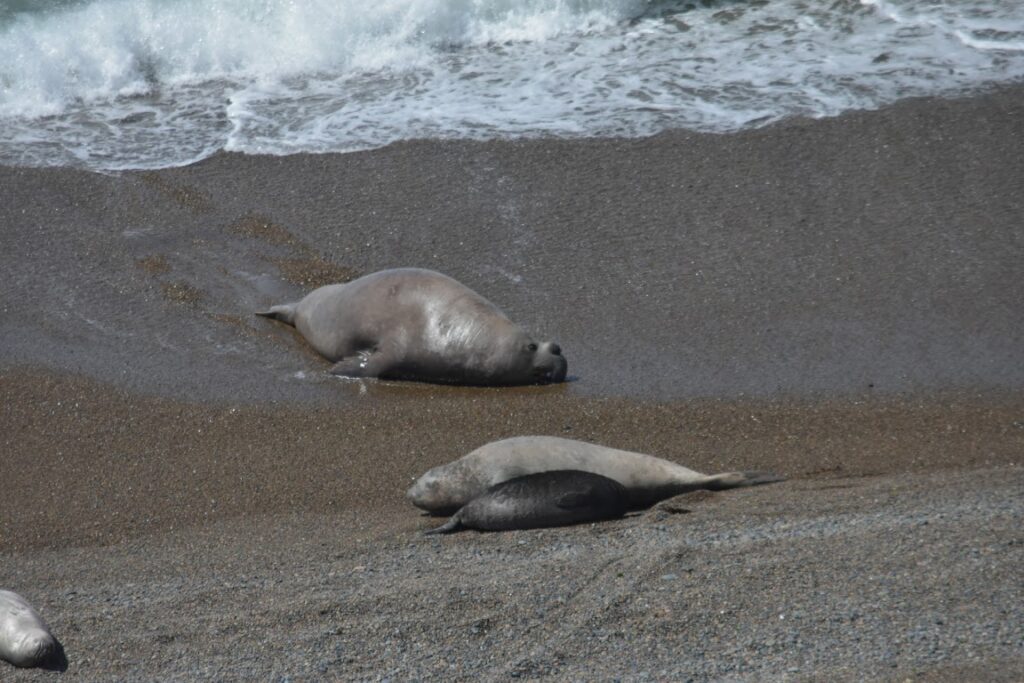

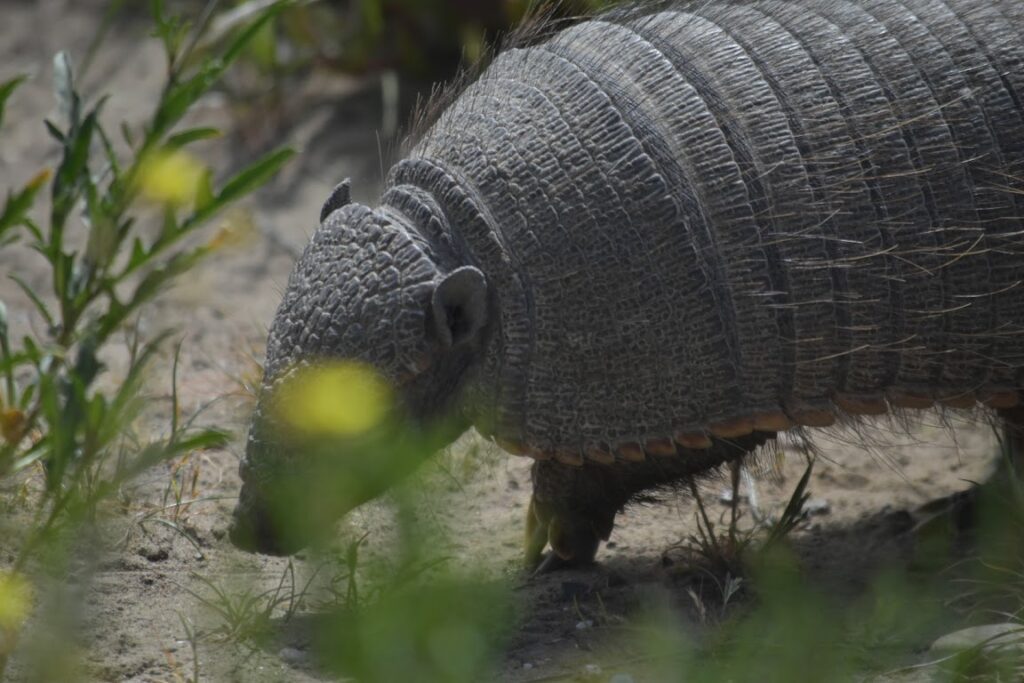

There are a few different sites along the peninsula’s east coast you could visit, but Caleta Valdes is the only one you really need to go to to see all the peninsula’s highlights in one. Colonies of sea lions and elephant seals line the beaches, and these in turn draw predatory orcas close to shore – sometimes, the orcas even launch themselves onto land to catch their prey, though this only happens in October and November. Meanwhile, near the visitor centre, there are armadillos and guinea pigs scurrying around. A little further north is a small colony of penguins whose burrows come right up to the car park fence, often bringing them within selfie distance
The scenery on the way to the east coast is mostly miles of dusty scrubland, but there are a few curiosities to keep your eyes out for: salt pans that are the lowest point in South America, at 34 metres below sea level; frequent herds of llama-like guanacos; and farms of sheep who share their fields with owls and the Patagonian cavy, a bizarre rodent with deer-like legs.
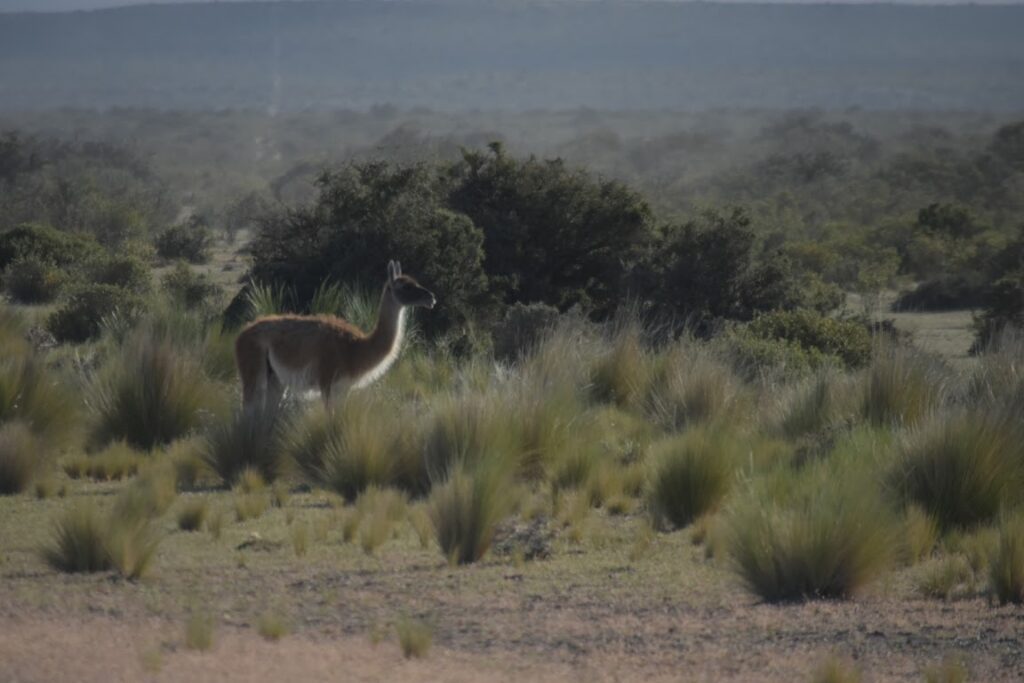

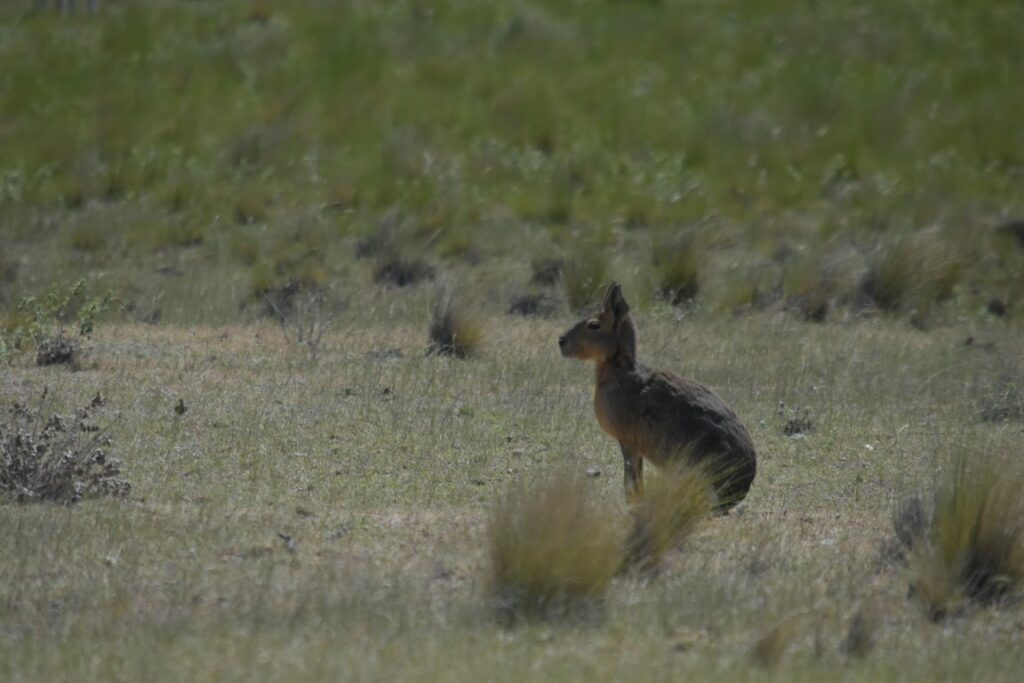

Day three: Return to Puerto Madryn/ Trelew


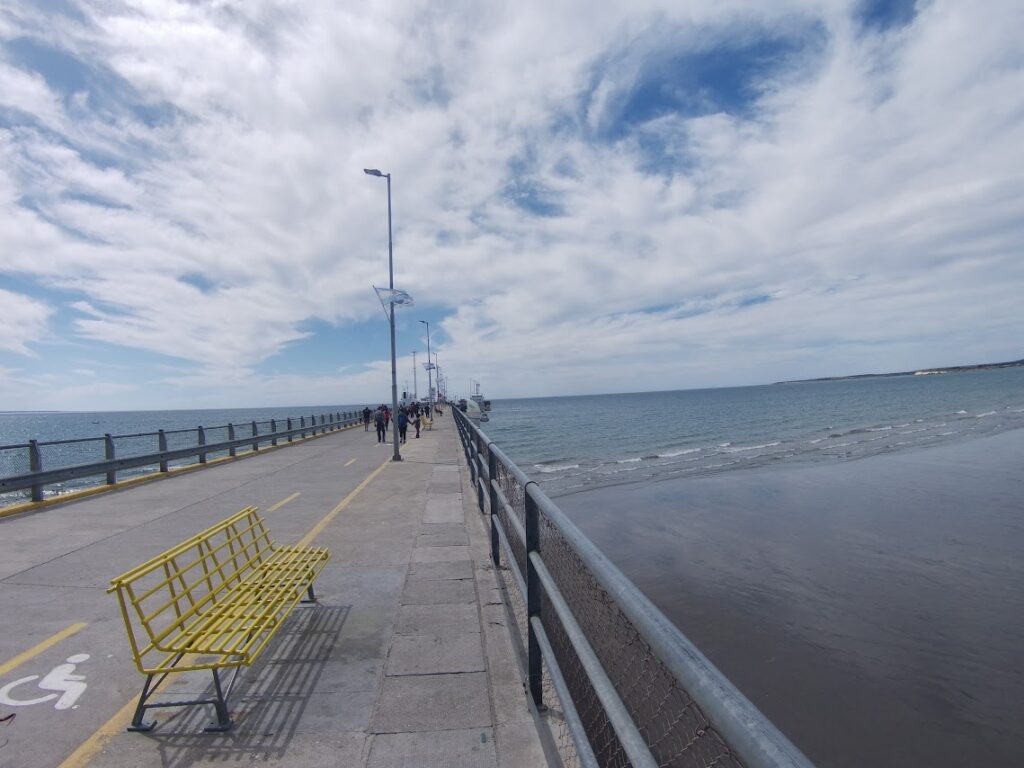

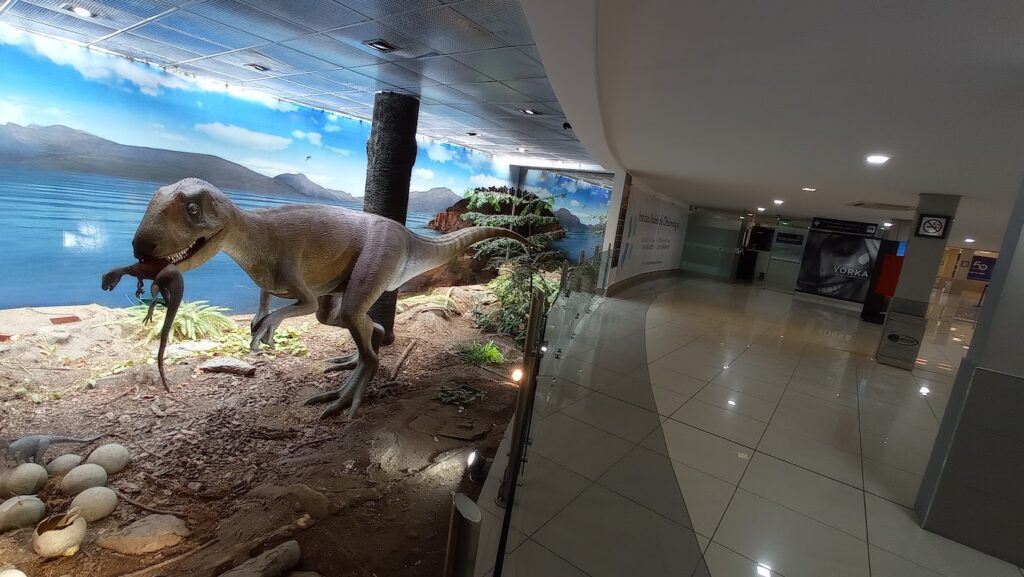

If you find yourself with some time to kill in either one of these cities, there are a few things to do to while away the hours. Puerto Madryn is quite a pleasant town to walk around, with a pier jutting into the sea and a beach that draws many sunseekers from Buenos Aires.
Trelew is a lot more charmless by comparison, but there are several palaeontology museums if you’re into dinosaurs and a Welsh village just half an hour away by bus. Known as Gaiman, this is a town of red-brick buildings draped with Welsh flags, statues of the famous dragon and tea houses serving their brew out of knit-clad teapots.
Got more time?
A few more days are recommended if you want to spend some time enjoying Puerto Piramides’ laidback vibe and short nearby hikes. And logistically speaking, you’ll need a couple more days if you don’t have a car (more on this in the next section).
Getting to and around Peninsula Valdes
In Trelew and Puerto Madryn you’ll find airports with onward connections to the rest of Argentina. Check each airport online for which one would be cheapest to fly into/ out of, but in my experience, Puerto Madryn was best for Buenos Aires while Trelew was best for Ushuaia. Taxis from these airports aren’t too expensive, but there is also usually a shuttle service waiting for incoming flights that you can catch.
Renting a car will make things easier for you since there’s no public transport east of Puerto Piramides. The road from Puerto Madryn to Puerto Piramides are sealed and in good condition, while those further east are gravel roads. While a two-wheel drive should be fine for these, expect a bumpy ride in some places.
If car hire is not an option, there are a few alternatives. The simplest is to book a tour, online or via an agency in Puerto Madryn, who will take you to the east coast and on a whale-watching trip (usually for an extra cost). If you want to stay in the peninsula longer, asking them to drop you off in Puerto Piramides at the tour’s end shouldn’t be a problem since there is only one road in and out.
For anyone who wants to do it completely independently, Puerto Piramides has a few daily buses coming in from Puerto Madryn. Although Trelew has no direct buses to Piramides, there are near-hourly buses between Puerto Madryn and Trelew. Getting to Caleta Valdes without your own car is trickier but not impossible: Piramides has a truck charter service, and asking at my hostel (Bahia Ballenas) if any other travellers might be interested in doing this together struck gold thanks to the owner’s help. I would only recommend this if you’re going to be in town for at least three days, though.
4 days in Torres del Paine: pumas and huemuls
Day one: Drive to Torres del Paine + first evening of puma hunting
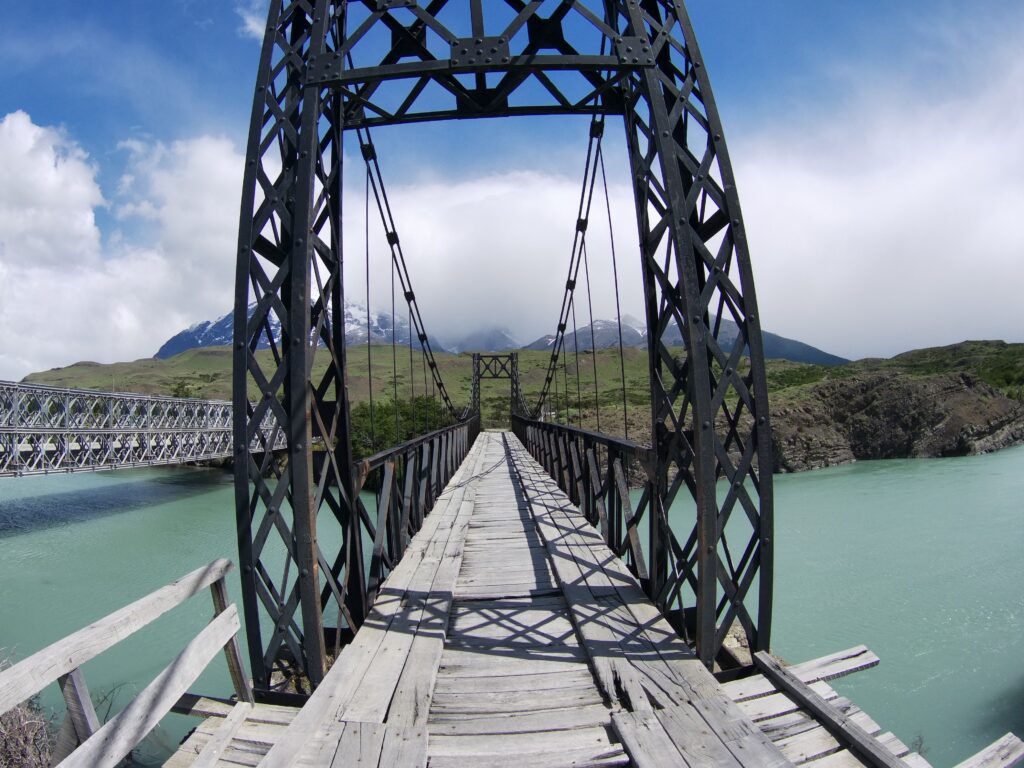

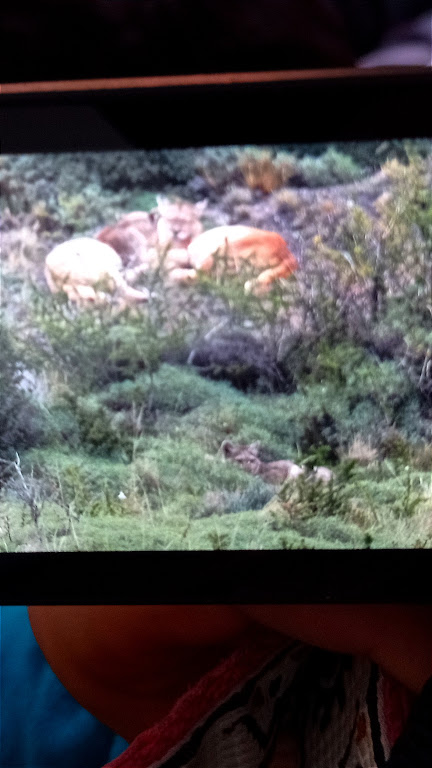



In the grasslands and hills east of the national park is the best place in the world to spot pumas in the wild, given that the ground is open, the guanacos upon which they prey are plentiful and their population density is twelve times that in the rest of Latin America. Goiien House is the best place to stay since it’s located within the puma zone and offers the cheapest non-camping accommodation in Torres del Paine.
Recommended reading: How to Plan Your Patagonia Puma Quest in Torres Del Paine, Chile
The drive from Puerto Natales to Goiien House should take about two hours. If you set off in the afternoon, there’s little point in entering the park on this day since it would be a waste of an entry fee. Instead, spend the evening driving the roads east of the Amarga entrance, roads which cut through prime puma territory.
You’ll likely get your first (of many) sightings of guanacos and probably one or two rheas in the grasslands, bright white upland geese in the sheep fields and flamingos in Laguna Amarga. You might also see grey foxes if you look carefully – you’ll need to unless they cross the road, for their small size and grey camouflage makes them quite inconspicuous.
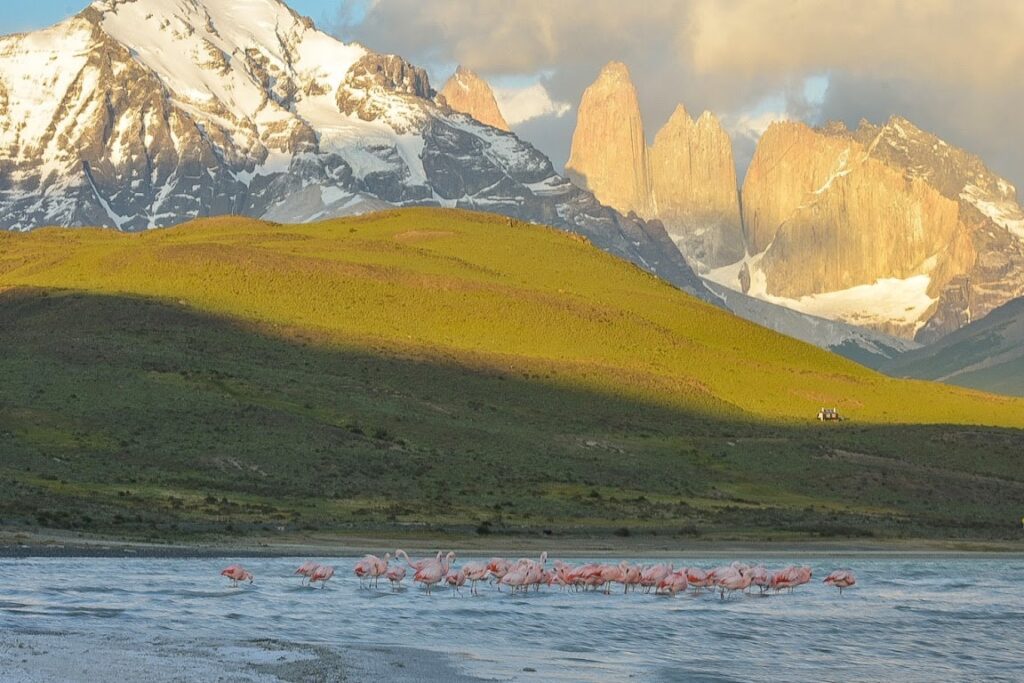

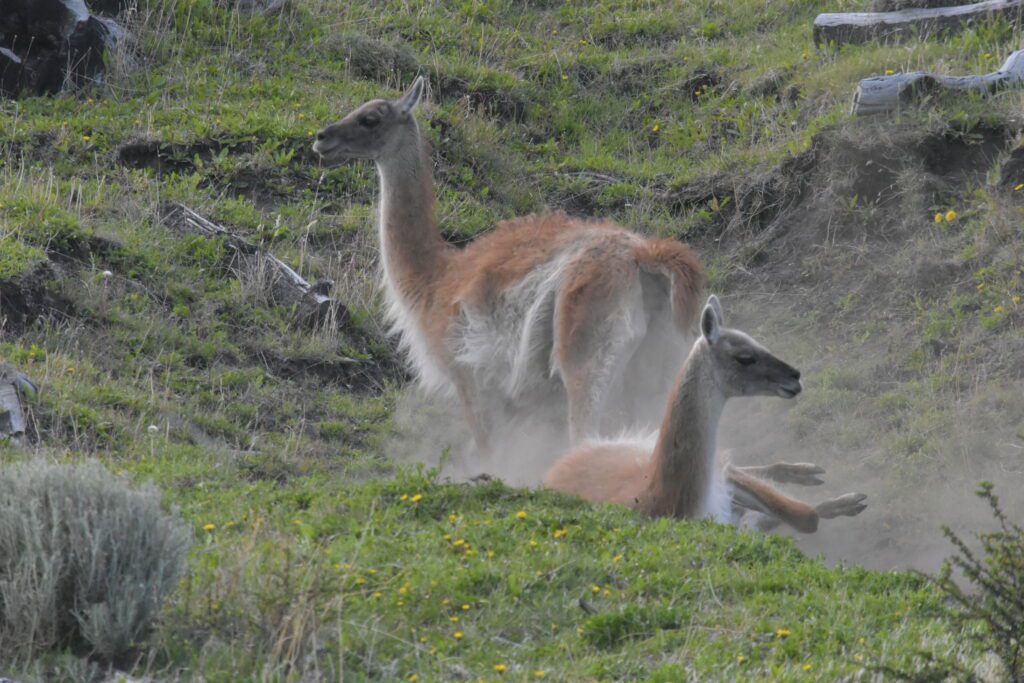

As for the star of the show, there’s a chance of spotting pumas on any one of this itinerary’s early mornings and evenings, so keep your fingers crossed.
Day two: Puma hunting in the morning and evening, afternoon in Torres del Paine
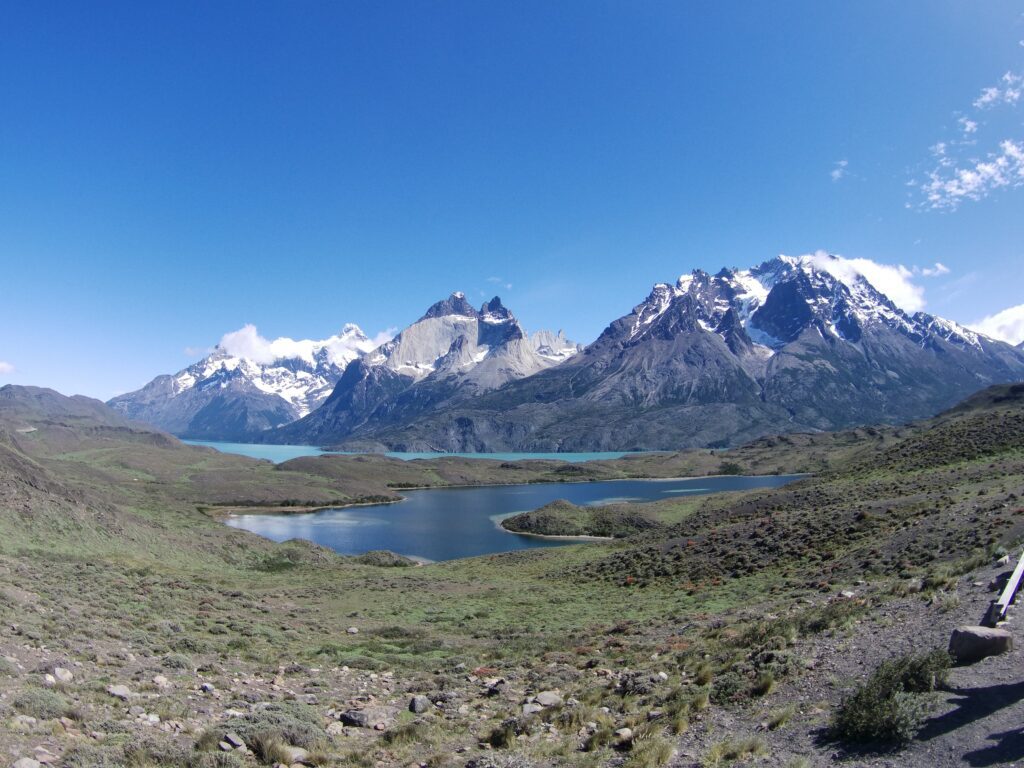

Once you’re done with searching for pumas (there’s little point in continuing after 9 o clock), head into the park itself to take in Torres del Paine’s gorgeous scenery. Even if there are no animals about, the turquoise lakes and peaks that seem to be piling on top of each other are a sight to behold. Chances are, though, condors will make an appearance at some point or other. Be sure to stop at Hotel Grey and walk the nearby trails, since the surrounding forests often turn up Austral parakeets, a plucky little parrot that manages to survive and thrive in a land where temperatures often drop to the single digits.
Day three: Early morning puma hunt + travel to Refugio Grey
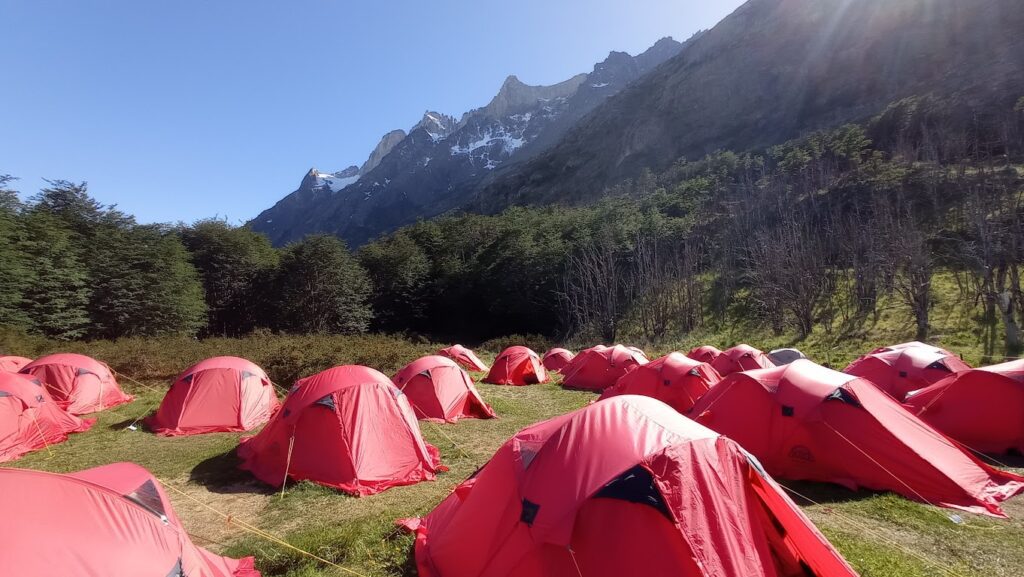

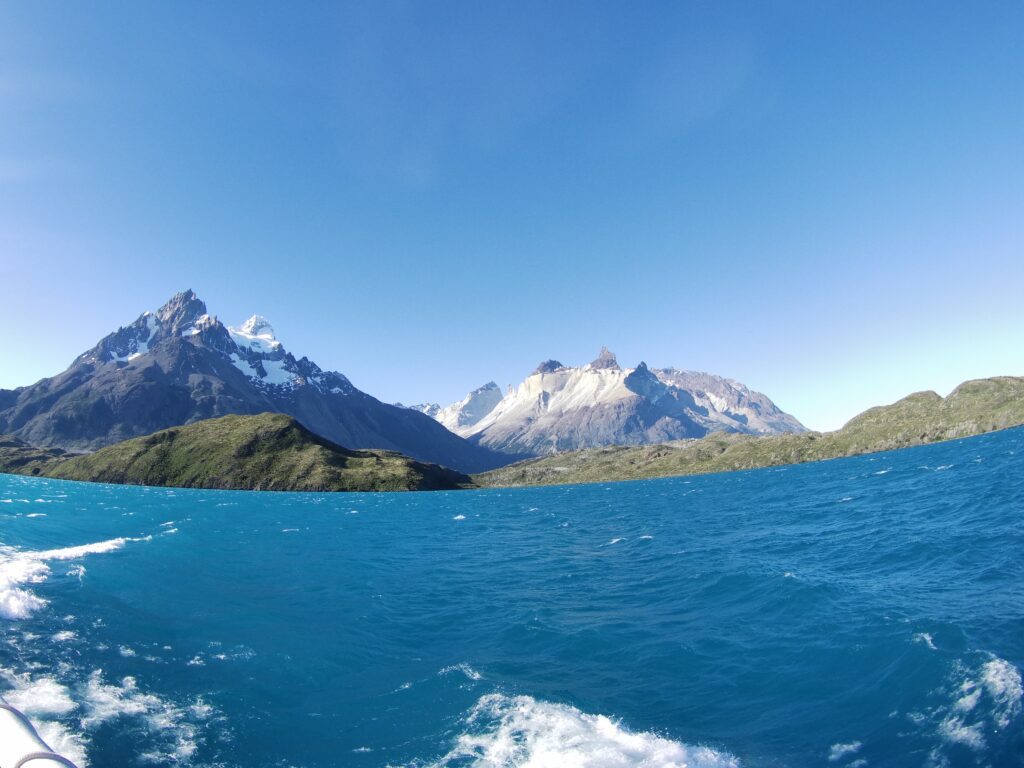

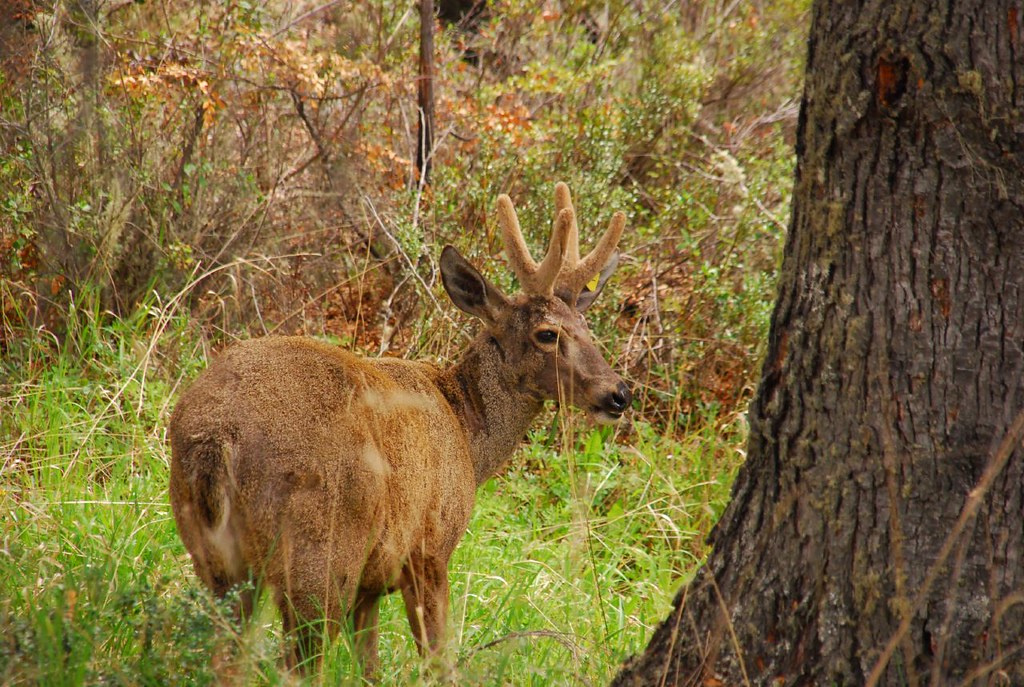

Named after its proximity to Glacier Grey, Refugio Grey forms the first leg of the W. And for wildlife enthusiasts, there’s a particular reason to visit: Refugio Grey is the only place where there’s a good chance of spotting huemul. This deer species, the national animal of Chile, is exceptionally rare in the park. At the last count, it was estimated that only 35 individuals remain, with the 2011 fires having done a lot of damage. Fortunately, the forests north of Refugio Grey remained intact, and a family of huemul can often be seen milling about the campsite in the mornings.
If you keep the car, there are two different options: the cheaper, more active, one is to park at Pudeto and leave your car there overnight. Don’t worry, it’s quite safe – crime is low in Patagonia and practically unheard of in Torres del Paine. Take the catamaran across Lake Pehoe, a stunning journey in itself, then hike northwards to Refugio Grey. Make it in good time and you’ll spend the evening watching the sun set over the glacier, knocking back a beer or two in the bar or just relaxing and recovering from the day’s hike.
The more expensive one is to park at Glacier Grey and take their catamaran up to Refugio Grey, which will cost you $150,000* for a round trip as opposed to $50,000 for the Pehoe catamaran (an $85,000 round trip option is available, but won’t be any use since you won’t be able to get off the boat at Refugio Grey).
An alternative option is to double back to Puerto Natales, drop off the car and then take a morning bus to Pudeto. While this will save you one day of car hire, it will add on an extra day, a night in Puerto Natales and the cost of two bus tickets (which would be roughly $40,000 per person).
*Chilean Pesos, of course.
Day four: Looking for huemul and woodpeckers near Refugio Grey
According to the Refugio’s staff, the huemul family generally turns up at 11 o clock, so you can get yourself a lie-in after two mornings of puma-fuelled early starts.
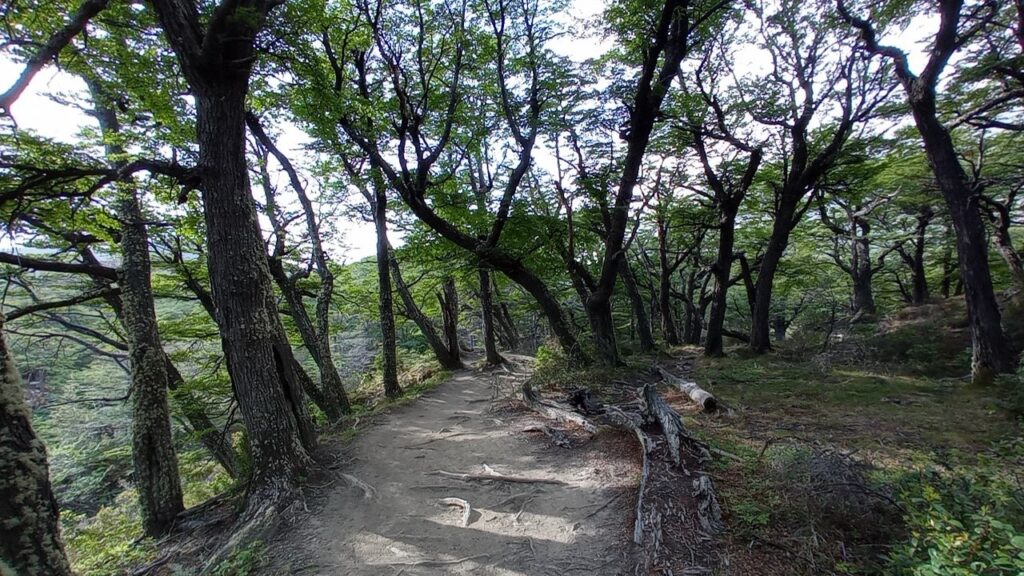

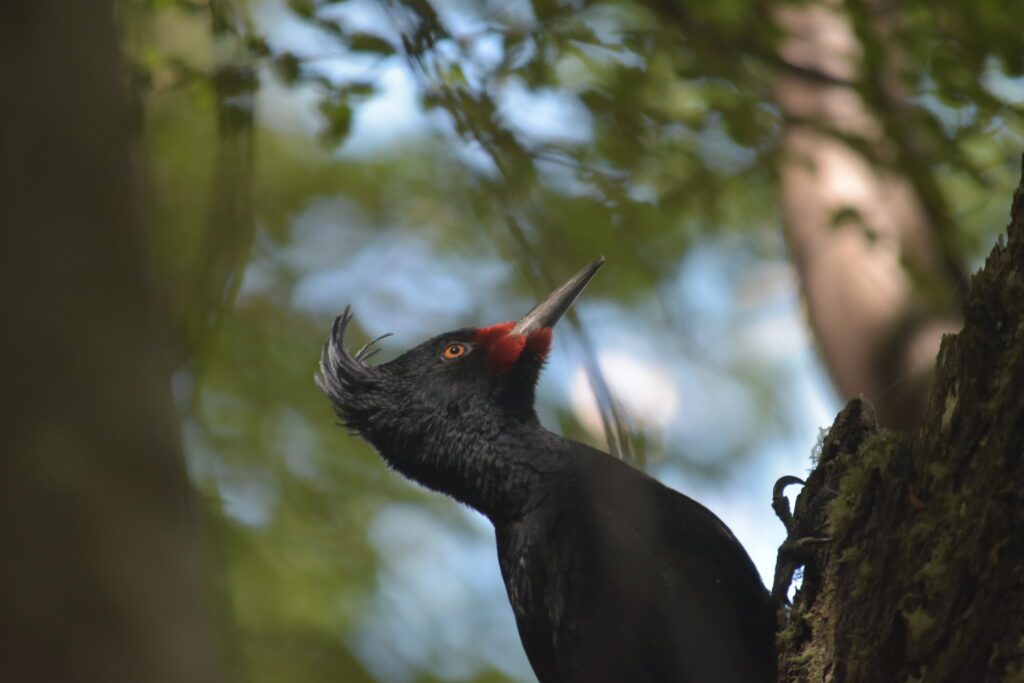

If, however, you have a penchant for woodpeckers or want to see what the park’s forests looked like before 2011, you can walk the trails north of the Refugio for however much time you have before huemul-o-clock begins. The park’s strong winds kept the flames, started by one of the Refugio’s more irresponsible tourists, moving southeast – devastating for the rest of the park, but this area was at the least spared from the inferno. Keep your ears out and you’ll hear the intermittent thud-thud-thud from the resident Magellanic woodpeckers, their flamboyant crests waving about with each slam of their beak.
Back at the campsites, wait patiently around the red tents. If the huemuls do show up, keep it down – this family may have become habituated to humans, but few deer won’t bolt at the sound of loud noises.
Aim to leave the campsite at twelve so that you’ve got plenty of time to trek back to Paine Grande. After taking the second catamaran trip, likely shared with a boatload of jubilants who have just completed the W trek, drive back to Puerto Natales.
Bonus: side trip to Punta Arenas for penguins
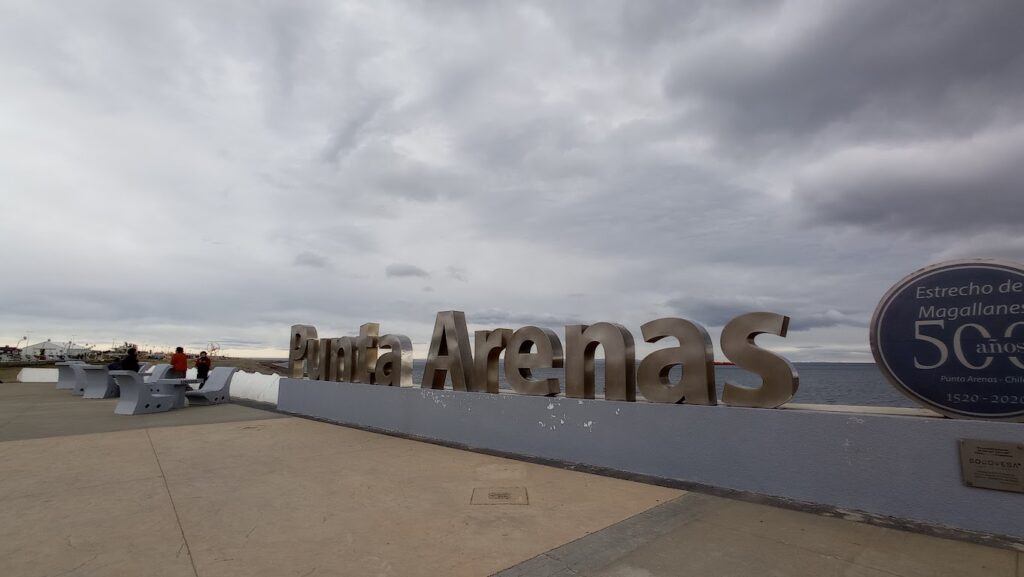

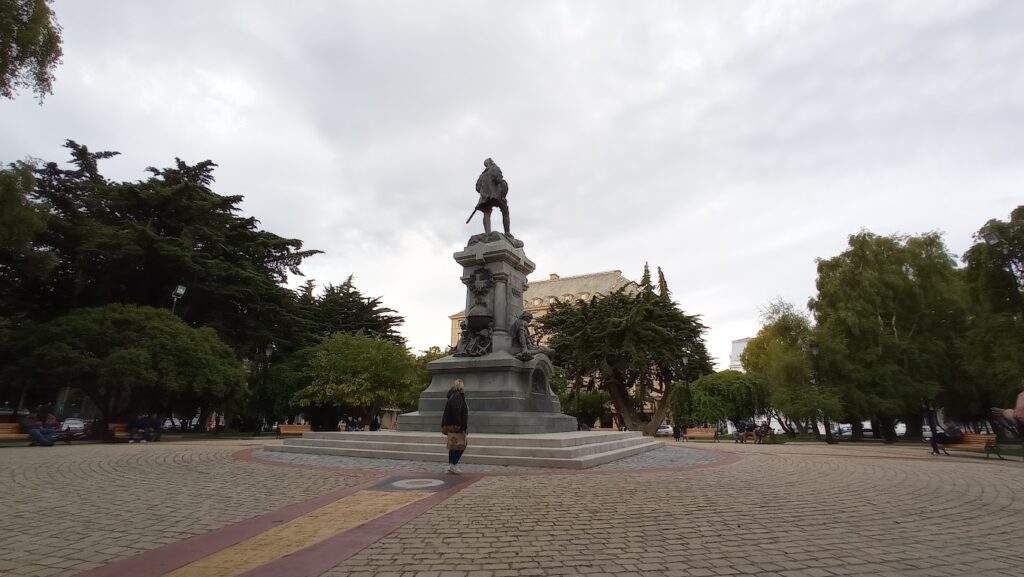

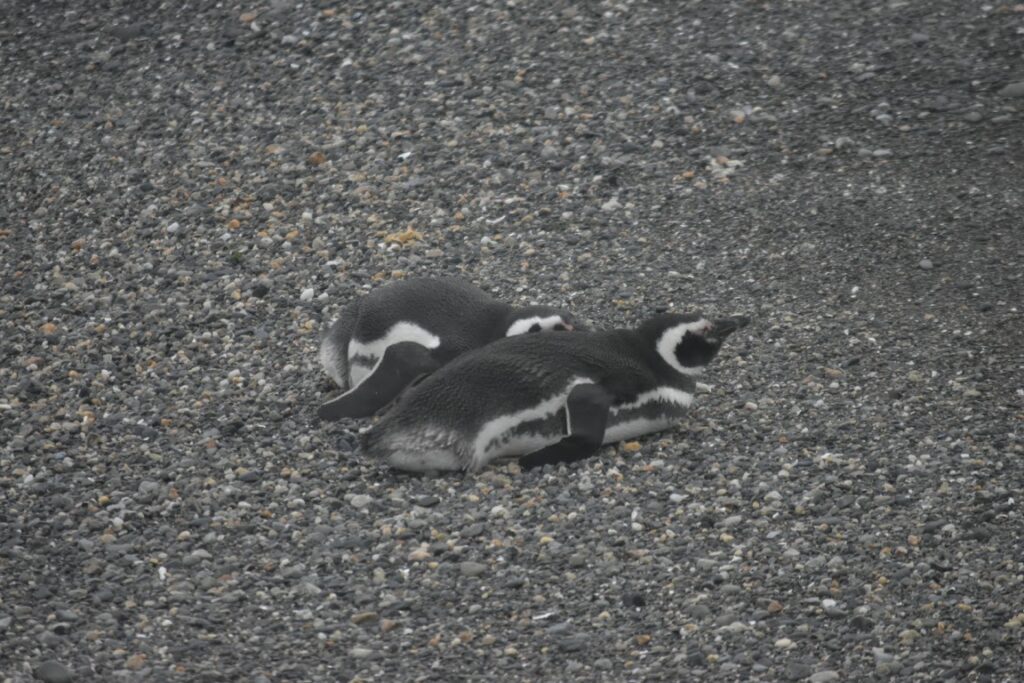

This might actually not be such a side trip if you’re flying into Punta Arenas, and with more frequent flights than Puerto Natales, can make for a more practical option. There are also Patagonia’s only fee-free ATMs here (look for the Scotiabank in the town centre) and a bunch of fascinating museums for history lovers. The Nao Victoria Museum contains a replica of the Beagle, the ship on which Charles Darwin sailed through this region, and Museo Maggiorino Borgatello contains a cave with paintings and a mummified child.
Nearby, there are also two penguin colonies: on Isla Magdalena are Magellanic penguins, and in Chilean Tierra del Fuego is the only colony of king penguins located in South America (although a pair is trying the establish themselves near Ushuaia). Allow a day for each, as getting there and back will take a while. Several tour operators in Punta Arenas make them easy to visit.
Getting to and from Torres del Paine
For this itinerary, hiring a car is unfortunately nonnegotiable. Unfortunate because, like many things in Puerto Natales, car hire is expensive and should be reserved in advance. Nonnegotiable because the size of the puma zone would make walking difficult, and the winds would make cycling painful.
As for the huemul part of the trip, details on buses to the park and the Pehoe ferries can be found in this blog post on trekking in Torres del Paine.
2 days in Ushuaia: penguins and the Land of Fire
Day one: boat trip to Isla Martillo and enjoying Ushuaia
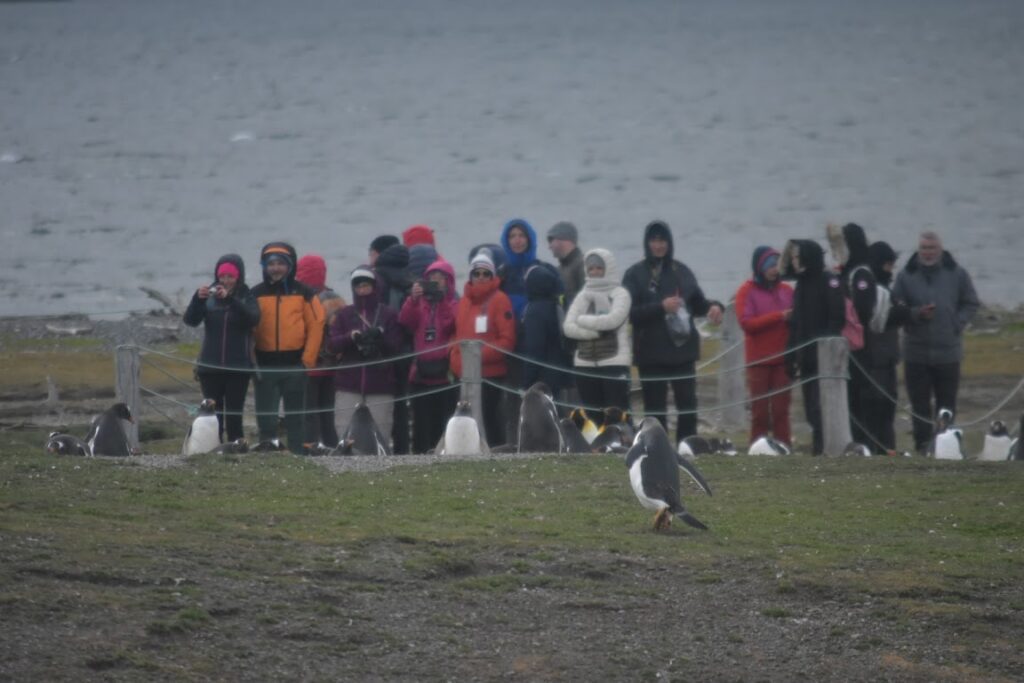

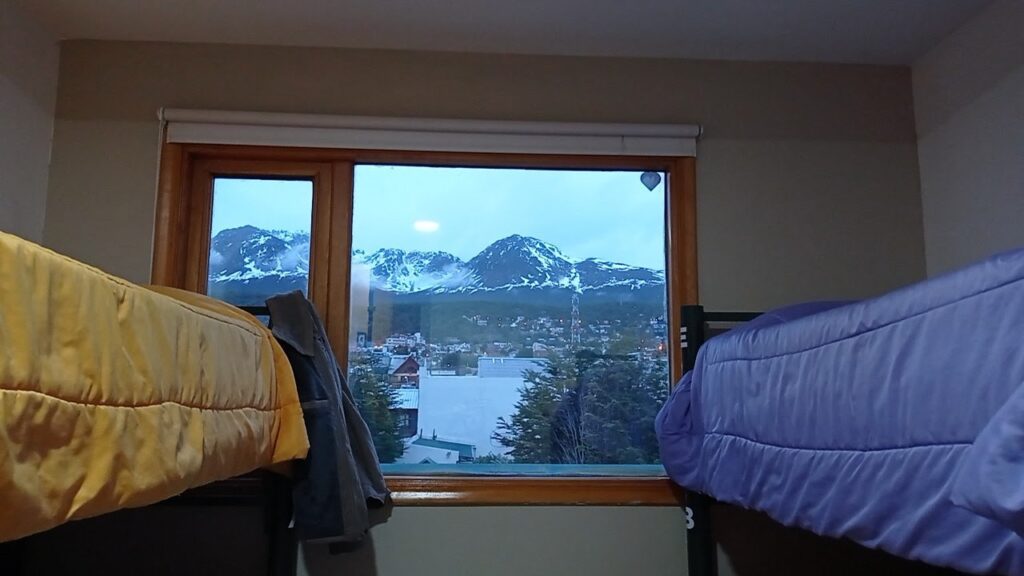

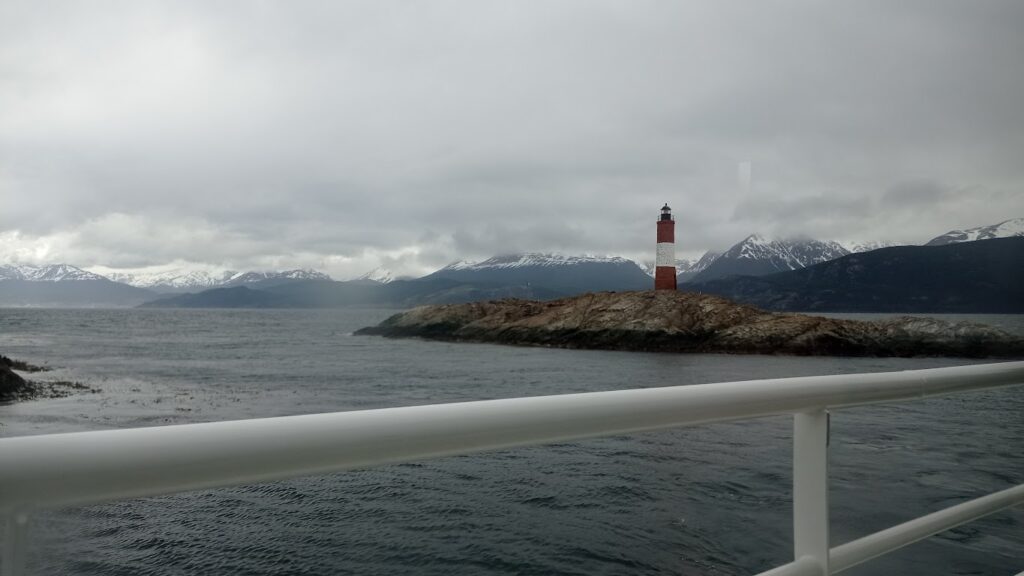

Separating Ushuaia from a piece of Chile is the Beagle Channel, named after the ship that carried Charles Darwin down this passage during his famous expedition. Within this channel are various different sites that will make nature lovers happy, and boat trips to Isla Martillo will take you to them all. First, you visit an archipelago of boulders that just about pass for islands, one of which is covered by penguin-like imperial cormorants, another by sea lions and another by the world’s southernmost lighthouse. After that, it’s a one-hour boat ride eastwards across albatross-strewn waters, until you reach the penguin colony on Isla Martillo. Here, one can see three species that reflect just how far south this place is: the Antarctic gentoo and king penguins, and the South American Magellanic penguin. After that, it’s a one-and-a-half-hour boat ride back to Ushuaia.
Recommended reading: Ushuaia penguin tours: Three species, one trip
Since these boat trips take roughly five hours and take place in the afternoon, that leaves plenty of time on either side to enjoy the world’s southernmost city, which comes with the world’s southernmost artisan coffee shops and microbrews. There are also several interesting museums, including a former prison that used to be known as the Alcatraz of Argentina.
Day two: hiking in Tierra del Fuego National Park
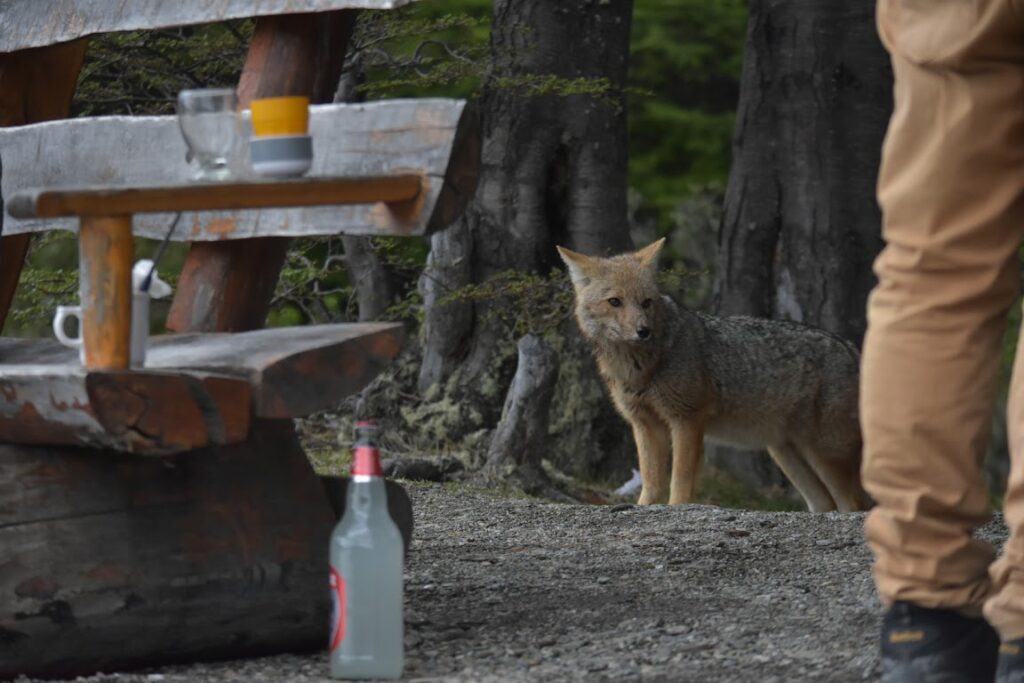

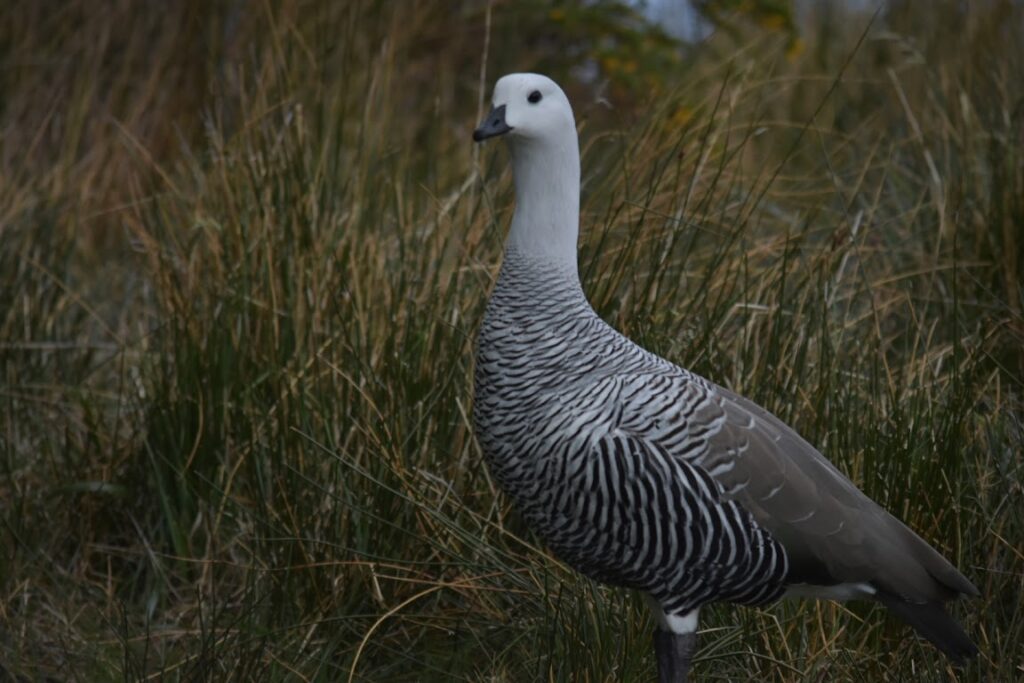

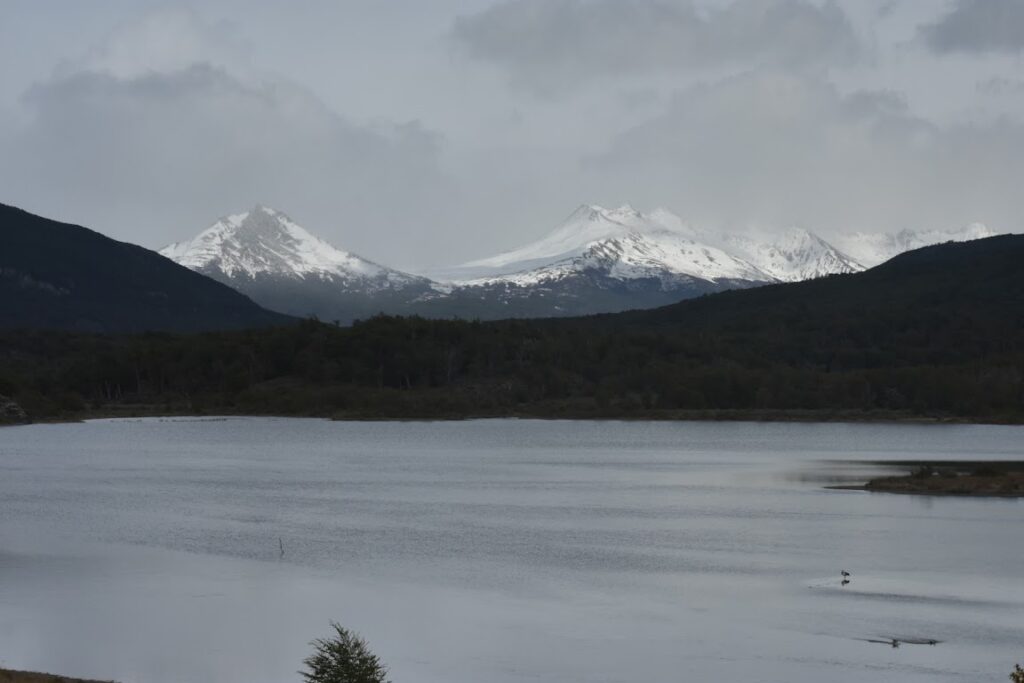

Just west of Ushuaia is this vast expanse of snowcapped mountains and lush green forests. Despite the fact that most of the national park is off-limits to visitors, the network of trails is still big enough to make post-trek coffee and soup at the visitor centre feel well-deserved. Most of the area’s wildlife can be seen along the coast, with various seabirds including the flightless steamer duck feeding offshore, and near the visitor centre.
Upland geese and black-necked swans drift about in the lake just in front of the cafe, and condors can sometimes be seen soaring overhead. Along the trails or by the picnic area you might encounter one of the park’s culpeos, a quasi-wolf-fox. In this park, their numbers have proliferated because of introduced rabbits and their fear of humans has dissipated.
If getting one of the shuttle buses from the terminal to the park, it’s best to leave in the morning and focus on either the visitor centre or coastal area. Give yourself an extra day here if you’d rather do both since trying to cram them into one day will feel incredibly rushed if using a bus.
Getting to and around Ushuaia
Ushuaia has frequent connections to the rest of Argentina’s cities, and taxis from the airport are no more expensive than in the rest of the country. Despite being a city, Ushuaia itself is quite walkable, and most of the accommodations are centrally located. Penguin tours can be booked from near the harbour, and shuttles to Tierra del Fuego depart from a kiosk near the bus terminal.
3 days in Chiloe: tiny deer and penguins
Day one: Mossy forests at Parque Tepehueico
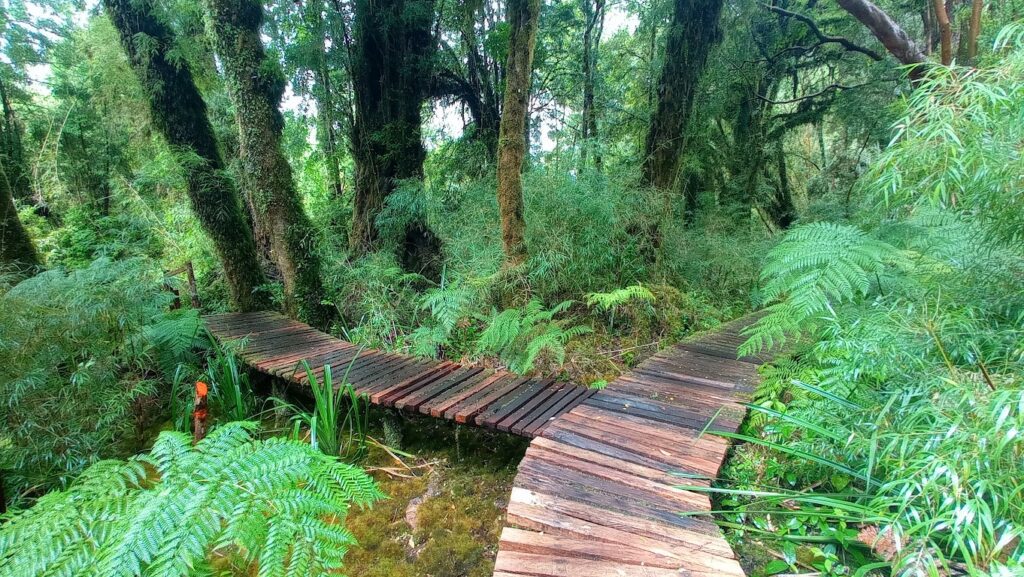



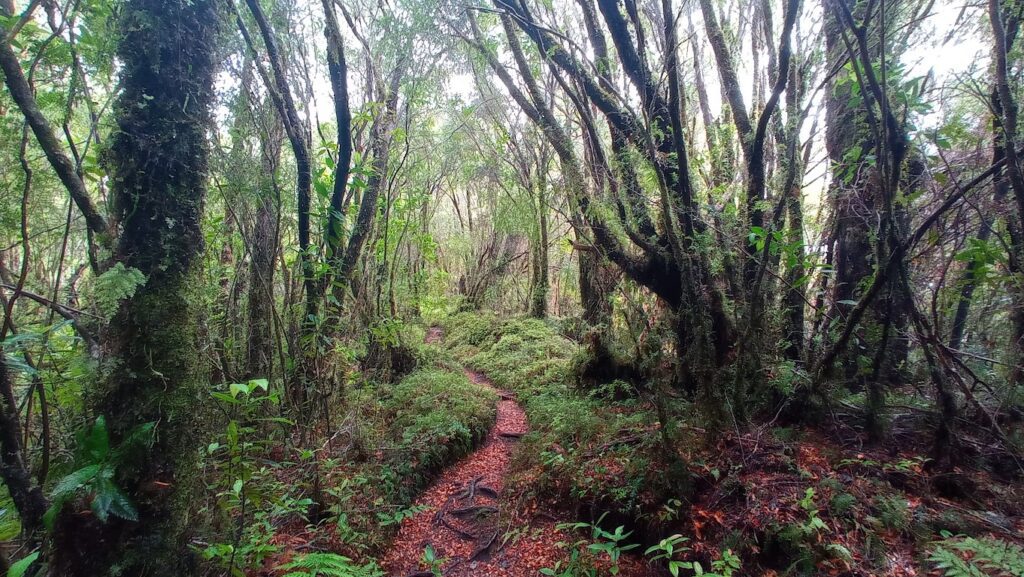

300 days with rain per year don’t sound like much fun, especially if you’re from the UK, but they keep Chiloe’s forests beautifully lush. What space the jostling trees can’t cover is carpeted by moss, ferns and bromeliads, with the best forest to be found in Parque Tepehueico. Located right at the heart of the island, this private park is the best place to see many of the Chilote forests’ more reclusive residents: the tiny pudu deer and the noisy chucao tapaculo slink through the undergrowth, and while it does take a bit of luck to see them, the network of trails and roads cutting through the forest makes them easier to chance upon. Even luckier visitors might see their predators, the equally tiny kodkod (a wildcat) and Darwin’s fox.
Day two: dolphin watching at Queilen
As I was writing this post, I originally mixed up Queilen and Quellon. Don’t make that mistake yourself when travelling: one is a rather unpleasant place that even Lonely Planet had a hard time defending. The other is a nice little east coast village from which, at the right time of year, you can take a boat trip into the channel to see dolphins and nesting penguins. And, if that wasn’t enough, you’ll get a platter of fresh seafood and wine to enjoy – who said wildlife watching couldn’t be luxurious? And this being Shoestring Safari, I should mention that its price point (£23) is only eye-watering in that it will make you cry tears of joy.
Day three: Ancud penguin tour/ blue whale spotting
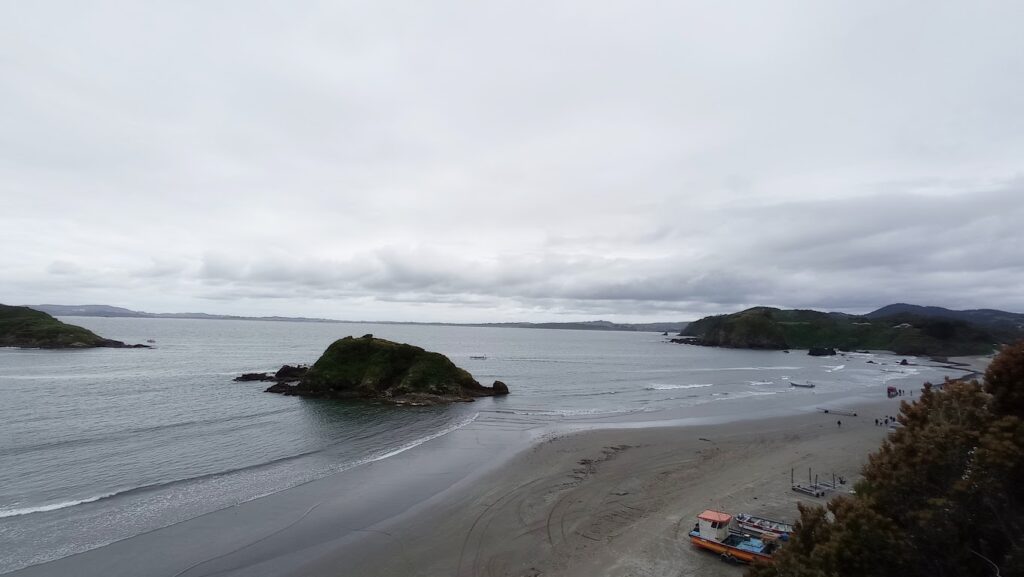

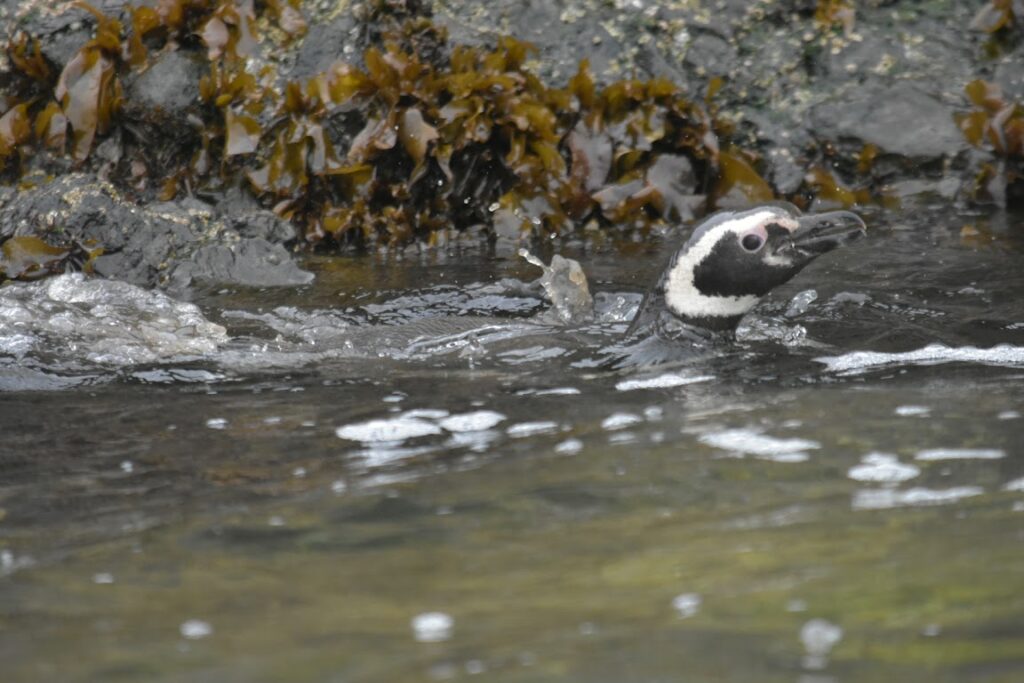

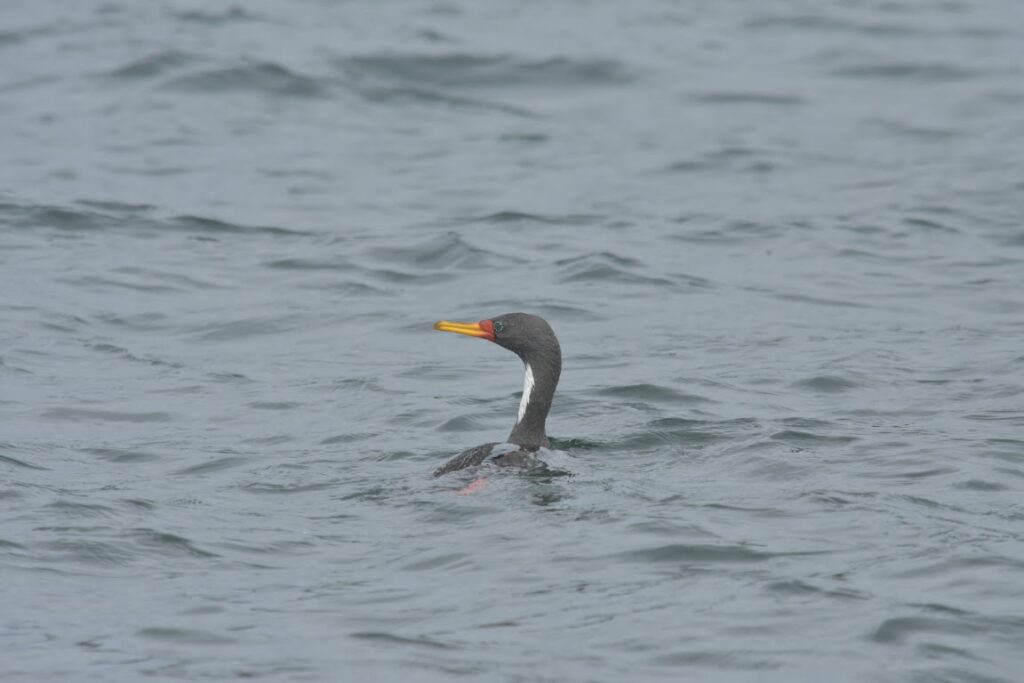

Off Chiloe’s northern end is a cluster of islands where the abundance and diversity of birds is enough to wow even people who wouldn’t ordinarily care for birdwatching. Penguins masterfully navigate the crashing waves, snow white kelp geese stand on ceremony on the rocks, flightless steamer ducks line the beaches and cormorants swarm the sea and skies. If you’re lucky, dolphins and humpback whales may make an appearance, and at the right time of year they may be joined by the world’s largest animal: the blue whale.
Getting to and around Chiloe
Chiloe has no airport, so Puerto Montt over on the mainland is your best bet. There are frequent buses to Puerto Montt’s bus terminal, and frequent buses from there to Ancud and Castro that include ferry tickets in the price. Puerto Montt has little of interest to travellers, so aim to be out of there as soon as possible.
Parque Tepehueico is the only place that necessitates hiring a car, unless you’d be willing to chance hitchhiking with the odd truck that drives the road leading up to it. Although this road is unpaved, it’s in good condition – no mean feat for an island that receives as much rain as it does. Once there, there are several hiking trails that lead through the forest.
As for the other sites, Quielen can be reached from Castro by collectivo, a Chilean minibus. As for the penguin colony, organising a trip there can be done at almost any agency or hostel in Ancud. One I’d particularly recommend is the one offered by Casa Damasco: run by a lovely Mapuche couple, they gave me and the other two participants an in-depth lesson on the island’s ecology, stopping at various bird-filled sites on the way to the boat itself. Despite costing the same as every other tour, the service level and warmth definitely went above and beyond!
Enjoyed this post? Nice one! (+ How to thank me)
If there’s anything I’ve missed please feel free to contact me or let me know in the comments below. Likewise if you’d like to thank me, and if you want to do so in another way then please consider making some of your trip’s bookings through the following links. By doing so I’ll earn a small commission, and it won’t cost you a penny more!
Booking.com – has a wide array of options all over Patagonia, at every budget level. Reserving ahead is especially recommended for Puerto Piramides, where options are limited, and in Patagonia’s high season (October – March).
Busbud.com – This site makes booking bus tickets in Latin America easy since it’s all in English and many bus companies are on here, including Bus Sur.

